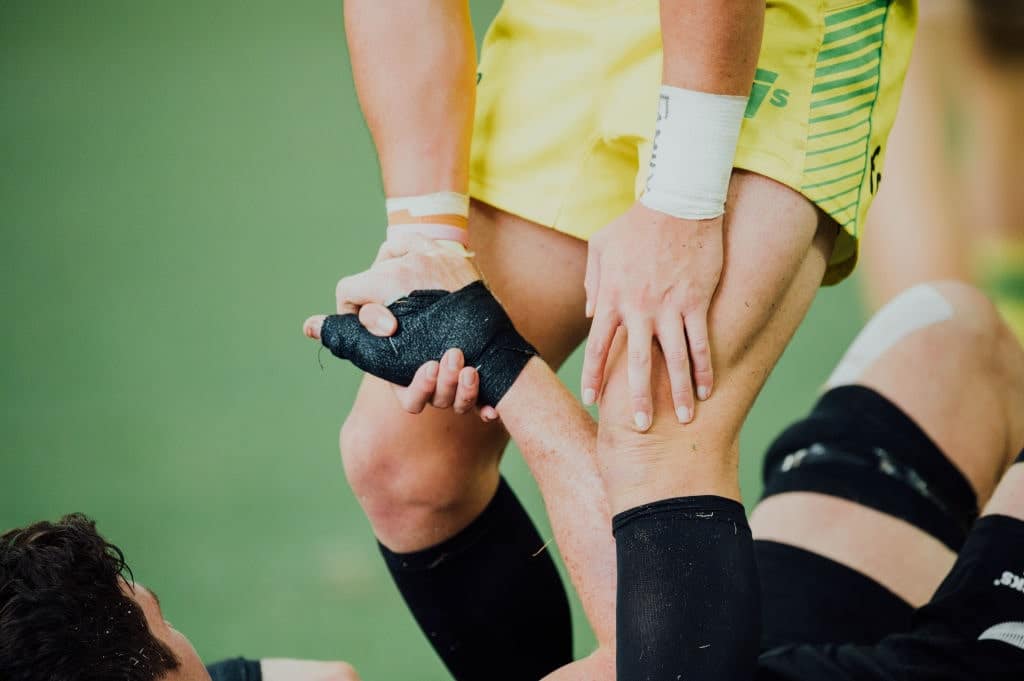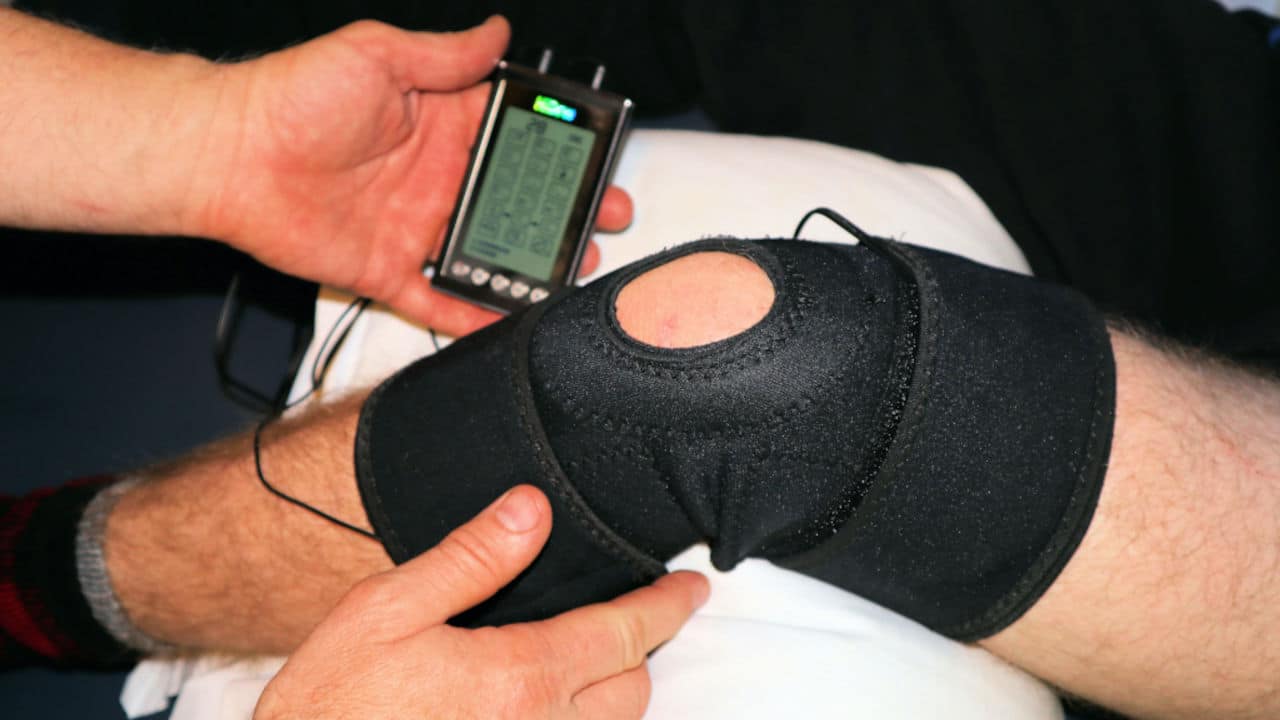Muscle injury can impede movement and cause body pain to a person. It is usually associated with people involved in sporting activities because many muscles are put in motion during sports, and all of these muscles must be in excellent condition to avoid injuries.
Some other times, muscle injury is associated with strenuous work activities, assault, battery, car accidents, aviation accidents, and other forms of road accidents. According to the foregoing, it can be seen that this injury can be caused by the direct act or omission to act of another person. This is why it is essential for appropriate legal action to be taken against offenders.
Muscle injuries occur in the human body in different forms, and legal graphics can portray the damage and its resultant complications.

Types of Skeletal Muscle Injuries
According to the National Cancer Institute, skeletal muscles are muscles attached to bones responsible for skeletal movements.
They are muscles under the conscious and voluntary control of a person. In an article titled Four Types of Muscle Injuries You Should Know About by Go Health, it was stated that “skeletal muscle is the most common tissue in the body, and is prone to injury.” It was further noted that they “attach to the bones via tendons to facilitate your body’s movement and strength.” Here are the types of skeletal muscle injuries that can occur to the human body:
- Muscle Tear
This is an injury whereby the muscle and the blood vessels that supply blood to it are torn. This type of muscle injury always requires urgent medical attention and further follow-up treatments in the future. Muscle injuries can be caused by a significant amount of force, like trauma caused by car accidents or assault during sporting activities. They usually occur in the hamstring, shoulder, lower back, and neck. They cause immeasurable pain at the point of tears and resultant muscle weakness.

- Rhabdomyolysis
In an article by Medscape, rhabdomyolysis is defined as “a syndrome caused by injury to skeletal muscle and involves leakage of large quantities of potentially toxic intracellular contents into plasma.” The release of these contents into the bloodstream can cause damage to the kidney since it is the kidney’s job to filter out unwanted particles in the body.
Rhabdomyolysis can be caused by fatal motor vehicle accidents, crush incidents, lying on a hard surface for a long time, stroke, intense exercise, or infections. This type of skeletal muscle injury can lead to weakness, acute muscle pains, and darkening of the urine. Competent medical care must be gotten at the instance of this type of muscle injury.
- Muscle strain
This type of muscle injury occurs when the muscle is pulled. It occurs due to overuse or an overstretching of the muscles. This type of muscle injury is not as traumatic as mentioned above. This injury features microscopic tears in muscle fibers. It can heal within a few weeks of attention and treatments.
- Muscle contusion
According to the American Academy of Orthopaedic Surgeons, muscle contusions occur when “a direct blow or repeated blows by a blunt object strike part of the body, crushing underlying muscle fibers and connective tissue without breaking the skin.” This type of injury is usually not severe. However, in cases where it is severe, it can lead to serious tissue damage and complications which must be treated with absolute importance and urgency.
How to Use Legal Graphics for Skeletal Muscle Injury Cases
Muscle injuries are nerve-wracking as they lead to weakness, pain, complete or partial immobilization over a period of time. A series of surgeries can also follow it to correct the injury.
Therefore, it is essential to take up the case legally whether the injury was sustained during sport or not. This is as long as it can be proven that the injury results from the action or the omission of another person.
There is an array of skeletal muscle injuries that can affect a person. Therefore, to foster the understanding of the jury and the judge, legal graphics can be used to clarify the types of injury, the resultant effect, the extent of the injury, the cause, and the present and future cost of treatment.
However, the legal graphics must be contracted to an experienced trial graphics company to ensure regularity and admissibility.





